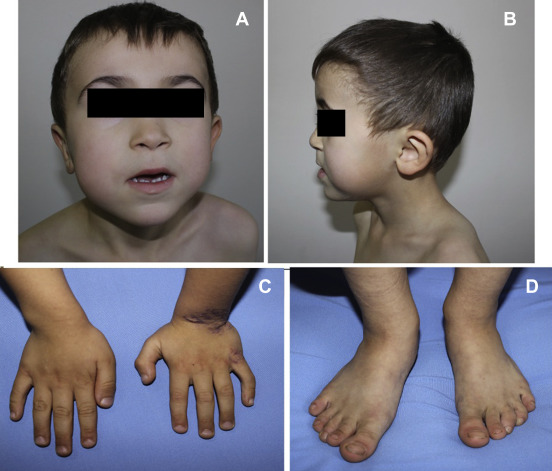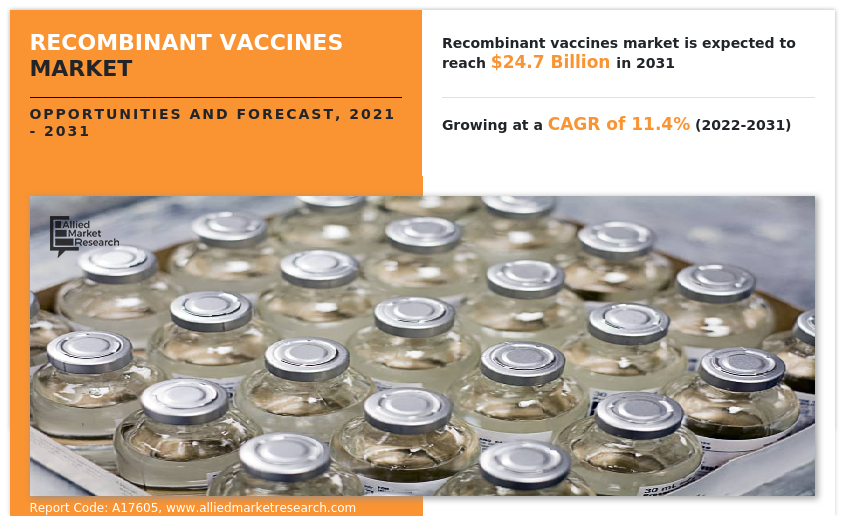Tablet coatings refer to a thin layer of material applied to the surface of a tablet to improve its appearance, taste, stability, and ease of swallowing. The coating may also protect the tablet from moisture, light, and other environmental factors that can impact its effectiveness. Coatings are typically made of polymers, sugars, or other materials and can be applied through a variety of methods, including spraying, dipping, or roller coating.
The increase in the geriatric population that are prone to chronic diseases such as diabetes, inflammatory bowel diseases, ulcer, and asthma, the rise in general surgery, cardiovascular surgery, central nervous system surgery, orthopedic surgery, and ophthalmic surgeries, and the rise in sports injuries and road accidents drive the growth of the global tablet coatings market. However, high cost of tablet coatings restricts the market growth. Moreover, technological advancements, the launch of various products, and strategies among key players such as acquisition, collaboration, and agreement present new opportunities in the coming years.
According to the report, the global tablet coatings industry generated $2.2 billion in 2021, and is anticipated to generate $4.1 billion by 2031, witnessing a CAGR of 6.6% from 2022 to 2031.

The coatings market processing industry involves the production and application of various types of coatings for various applications such as industrial, architectural, protective, automotive, marine, and others. The coatings market can be segmented based on the type of coating, technology, and end-use industry. Some of the common types of coatings in the market include water-based, solvent-based, powder, and others. The coatings market processing industry involves several stages, including raw material procurement, production, testing and quality control, packaging, and distribution. Key players in the market include PPG Industries, Akzo Nobel N.V., The Sherwin-Williams Company, Axalta Coating Systems, and Kansai Paint Co., Ltd. among others.
𝐓𝐚𝐛𝐥𝐞𝐭 𝐜𝐨𝐚𝐭𝐢𝐧𝐠𝐬 𝐚𝐫𝐞 𝐮𝐬𝐞𝐝 𝐢𝐧 𝐬𝐞𝐯𝐞𝐫𝐚𝐥 𝐬𝐞𝐠𝐦𝐞𝐧𝐭𝐬, 𝐢𝐧𝐜𝐥𝐮𝐝𝐢𝐧𝐠:
Pharmaceuticals: To improve the appearance, stability, and swallowing of oral solid dose (OSD) medications.
Food and Beverage: To improve the texture, taste, and shelf life of food and dietary supplement tablets.
Cosmetics: To improve the texture, appearance, and stability of cosmetic tablets, such as makeup and skincare products.
Animal Health: To improve the appearance, stability, and swallowing of veterinary medications.
Nutritional Supplements: To improve the appearance, taste, and stability of nutritional supplement tablets.
These segments may use different types of coatings and different coating methods, depending on the specific needs of the product. For example, edible coatings may be used in food and beverage products, while enteric coatings may be used in pharmaceuticals to protect sensitive ingredients from stomach acid.



